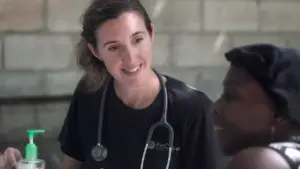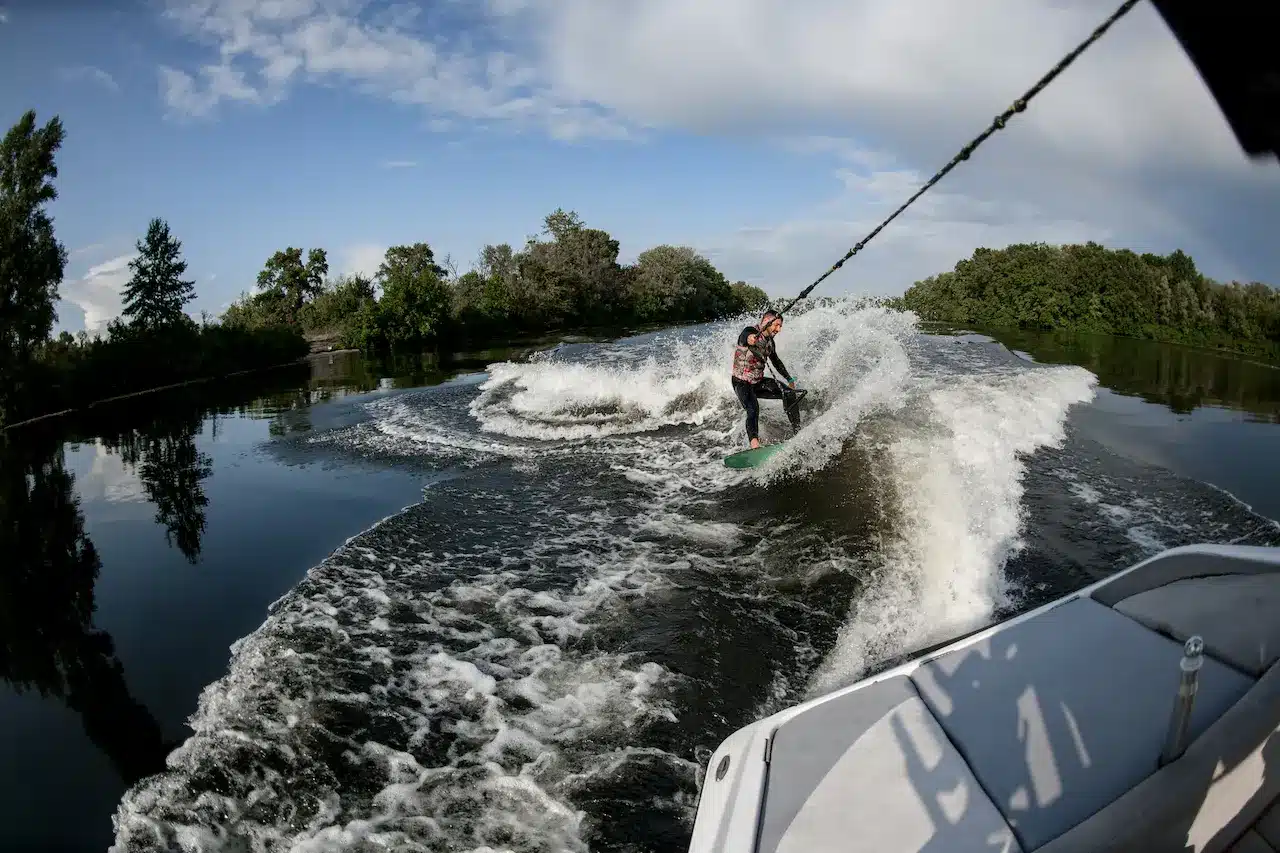How To Get Medical Help In The Western Australia Outback
In most parts of Australia accessing medical facilities is straightforward, so much so that we can take it for granted, until we find ourselves in a remote area needing help. With distances being a significant factor, people living in or travelling through the Western Australia outback need to plan for medical emergencies. We are definitely lucky when we live in the populated parts of Australia as we have some of the best medical facilities, doctors and local dentists in the world. Having said that, if you are stuck hundreds or even thousands of kilometers away from help, it can be quite stressful or even life threatening.
Accessing medical services in remote areas of Western Australia requires an understanding of the available resources and the vast geography. The region boasts a range of health services designed to support the well-being of those far from metropolitan centres including:
- Flying doctor services
- Remote nursing posts
- Telehealth options
These have been developed to bridge the gap for rural and remote communities and provide first-rate services in line with each patient’s needs.
The Royal Flying Doctor Service (RFDS) plays a critical role in providing emergency and primary health care services to those living in, working in, or visiting the outback. The RFDS operates 24 hours a day and is equipped with aircraft that function as airborne intensive care units. For non-emergency situations, patients can access medical consultations through telehealth, which connects them with health professionals via video conferencing. This technology is especially valuable for routine appointments and specialist consultations, reducing the need for long-distance travel.
In addition to these services, remote community health centres and outreach programs are also vital. These centres are staffed by skilled nurses and, at times, visiting general practitioners and allied health specialists. Health care provision in these settings may also include indigenous health workers, who offer culturally appropriate care and play an essential role in the health service delivery chain.
Preparedness and awareness of these services can significantly influence health outcomes for people across remote Western Australian communities.
Table of Contents
Toggle
Understanding Health Services in the Outback
Access to medical help in the remote Western Australia outback is different from urban areas, with limited facilities and innovative services like the Royal Flying Doctor Service (RFDS) providing care. Rather than wait until needed, it’s best to research the health services available and find out how to access them to save time and panic later.
Available Health Services and Facilities
In the vast expanses of the Western Australia Outback, health facilities are spread out. Hospitals are situated in regional centres, while smaller health clinics and nursing posts are available in more isolated communities. These clinics are staffed by general practitioners (GPs) and nurses who provide primary health care, manage chronic diseases, and treat minor injuries. Remote area nurses (RANs) play a crucial role, often being the first point of contact for healthcare.
Emergency Services and the RFDS
For emergencies, the Royal Flying Doctor Service (RFDS) is a vital component of outback health services. The service operates 24 hours a day and can be dispatched to remote locations to provide emergency care and medical evacuations to the nearest hospital. The RFDS also assists with transporting patients requiring specialist care that is unavailable locally. If you are in need of an emergency dentists, you may have to call the local doctors and work with them as those services are harder to come by.
Routine Medical Care and GP Access
Routine medical care in the outback is primarily managed by GPs at general practices and community health clinics. Patients can schedule appointments for health check-ups, vaccinations, and ongoing treatment of health conditions. Medicare, Australia’s public healthcare system, helps cover many of these services, ensuring that residents in remote areas have essential healthcare access. In some cases, telehealth services are also used, allowing patients to consult with healthcare professionals via videoconferencing.
Making Use of Healthdirect Australia
Healthdirect Australia offers essential services for individuals in remote locations such as the Western Australia outback, providing reliable health information and access to telehealth consultations.
Navigating Health Information and Advice
People seeking health advice in the Western Australia outback can access a wealth of information through Healthdirect’s website or hotline. Health professionals from Healthdirect provide accurate and safe advice that can be crucial for those far from medical facilities.
- Health Information: Fact sheets, symptom checkers, and medication guidelines.
- Hotline: A 24/7 service where callers can speak to registered nurses for health guidance.
Telehealth Consultations
For residents and visitors of the Western Australia outback with limited access to in-person medical care, telehealth services bridge the gap by enabling consultations with health professionals via phone or video.
- Accessibility: Patients can connect with doctors, specialists, and allied health providers.
- Convenience: No need for travel; secure and private medical consultations from anywhere.
Managing Chronic Conditions and Specialised Healthcare Needs
Accessing healthcare for chronic conditions like diabetes and specialist services can be a significant challenge in the Western Australia outback. Guidance is available on managing ongoing health issues and connecting with necessary services, with a particular focus on Aboriginal communities and residents in remote areas.
Chronic Disease Management in Remote Locations
Primary healthcare providers often collaborate with regional hospitals to form networks that support patients with chronic conditions. Patients should take the following steps:
- Register with the Royal Flying Doctor Service for emergency support and routine check-ups.
- Use telehealth services where possible for consultations with specialists.
Remote area health services and mobile clinics have been established to service rural populations. These services often include regular visits by health professionals to conduct check-ups and provide medical supplies.
Specialised Services for Aboriginal Communities
Aboriginal communities in the outback may require unique approaches to healthcare, including services for sexual health, pregnancy, mental health, and age-related care. To improve accessibility and effectiveness, healthcare providers are implementing culturally appropriate medical services. Key measures include:
- Establishing community-controlled health organisations to provide culturally appropriate care.
- Incorporating traditional healing practices where appropriate and desired by the patient.
Access to healthcare for disabilities is facilitated through partnership with the National Disability Insurance Scheme (NDIS), ensuring that members of Aboriginal communities receive a network of support for disability services. Health workers in these communities are trained to address specific health issues prevalent among Aboriginal peoples, supported by outreach programs and education campaigns to promote sexual health and reduce the incidence of sexually transmitted infections.
Financial Aspects of Healthcare in Remote Regions
Securing medical assistance in remote Western Australian areas involves navigating unique financial challenges. Awareness of insurance coverage and the costs related to patient transfer is vital for residents and travellers.
Understanding Health Insurance and Medicare
Medicare is Australia’s public healthcare system offering free or subsidised treatment for certain healthcare services. In remote regions of Western Australia, Medicare covers parts of the cost of visits to the doctor, tests, and examinations. However, for services not fully covered by Medicare, private health insurance can play a crucial role in managing expenses. Australians should be familiar with what their private health insurance policies encompass, as these can alleviate costs for services like dental, physiotherapy, and ambulance transport – which Medicare does not typically cover.
Health Insurance Consideration Points:
- Eligibility: Age, residency status, and income can influence Medicare benefits and health insurance premiums.
- Coverage: Comparing policies to determine the best coverage for remote area needs.
- Gap Fees: Understand potential out-of-pocket ‘gap’ fees not covered by Medicare or private insurance.
Patient Transfer and Transportation Costs
In the event of medical emergencies or the need for specialised care, patient transfer costs from remote regions to equipped facilities can be substantial. Costs can vary significantly based on the mode of transportation required, such as road ambulances, fixed-wing aircraft or helicopters. While some health insurance policies may cover these costs, it is crucial to verify this beforehand, as not all do.
Transportation considerations should include:
- Distance: Longer distances often equate to higher costs.
- Approval: Insurance coverage may require pre-approval for non-emergency transport.
- Services Australia: This government service helps citizens access government payments and services, which may assist with covering certain medical transportation costs.
Residents should keep their My Health Record data up to date, as this digital health record can expedite access to medical history by healthcare providers, potentially influencing the urgency and type of transportation required.
Final Thoughts
Navigating medical care in the Western Australia outback requires thorough preparation and understanding of the available resources. The vast and remote landscape makes access to healthcare challenging, but there are several reliable options.
Telehealth services provide remote consultations, allowing residents and travellers to connect with medical professionals from afar. The Royal Flying Doctor Service is a crucial lifeline, offering emergency evacuations and essential medical services via air. Additionally, on-location healthcare teams are stationed in some remote communities, providing direct medical care.
Whether you’re planning a trip or considering relocation to the outback, it’s vital to research these options and develop a comprehensive plan to ensure access to medical assistance when needed. This proactive approach can significantly enhance safety and well-being in this isolated region.



